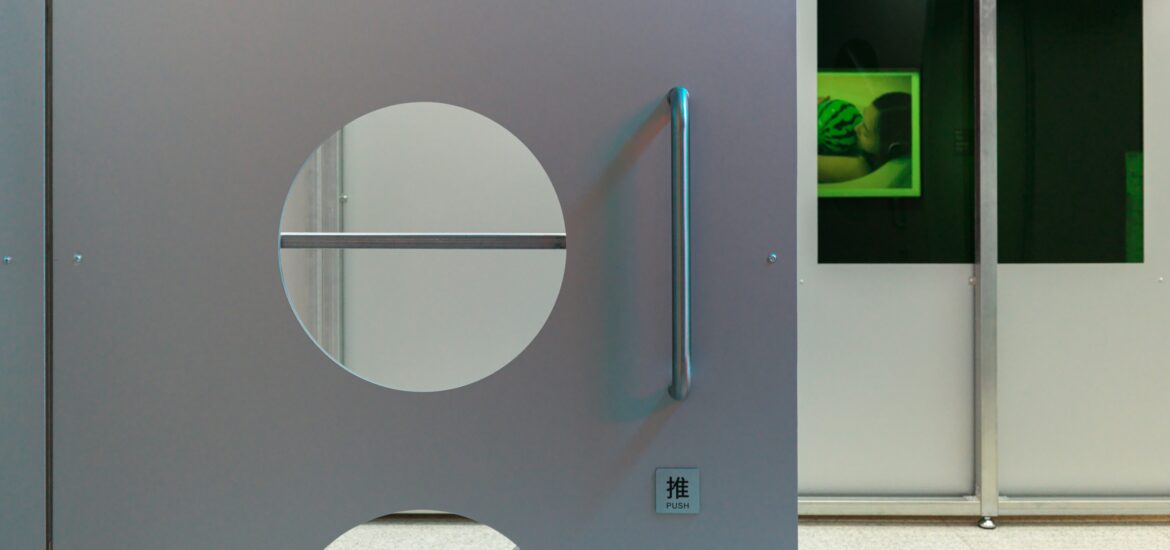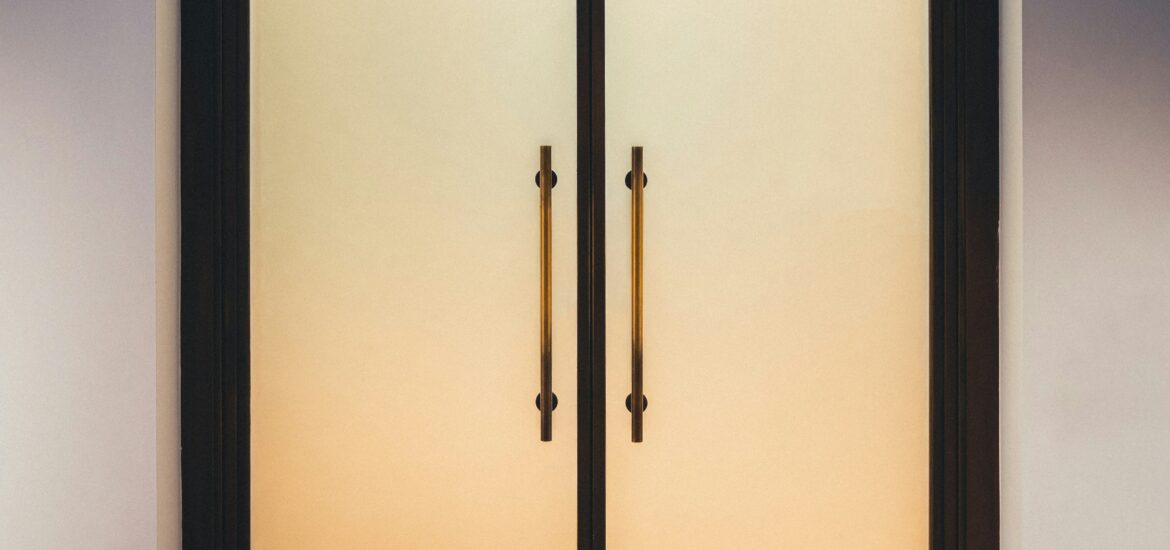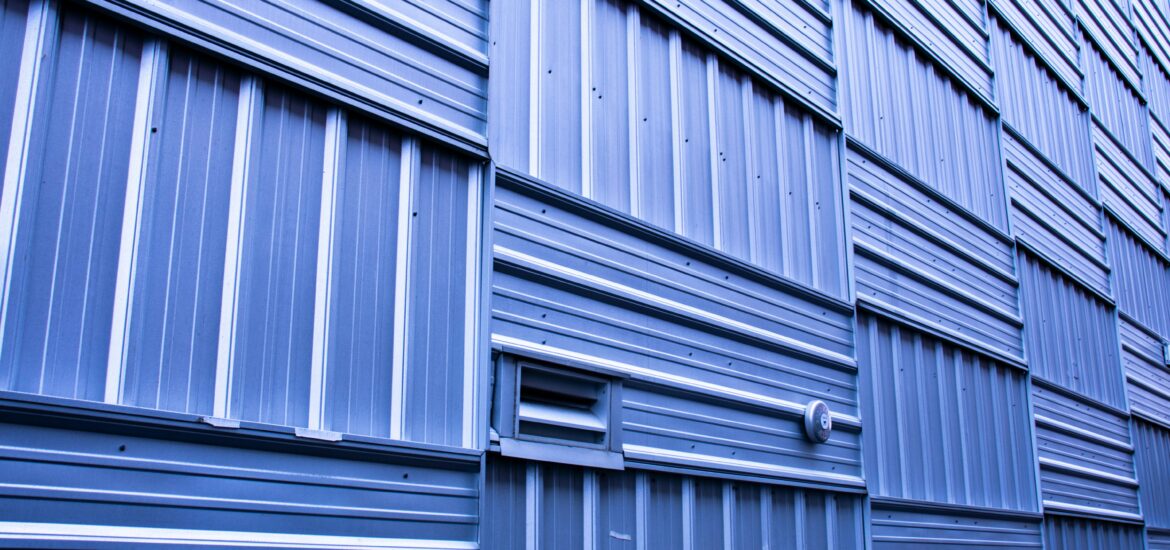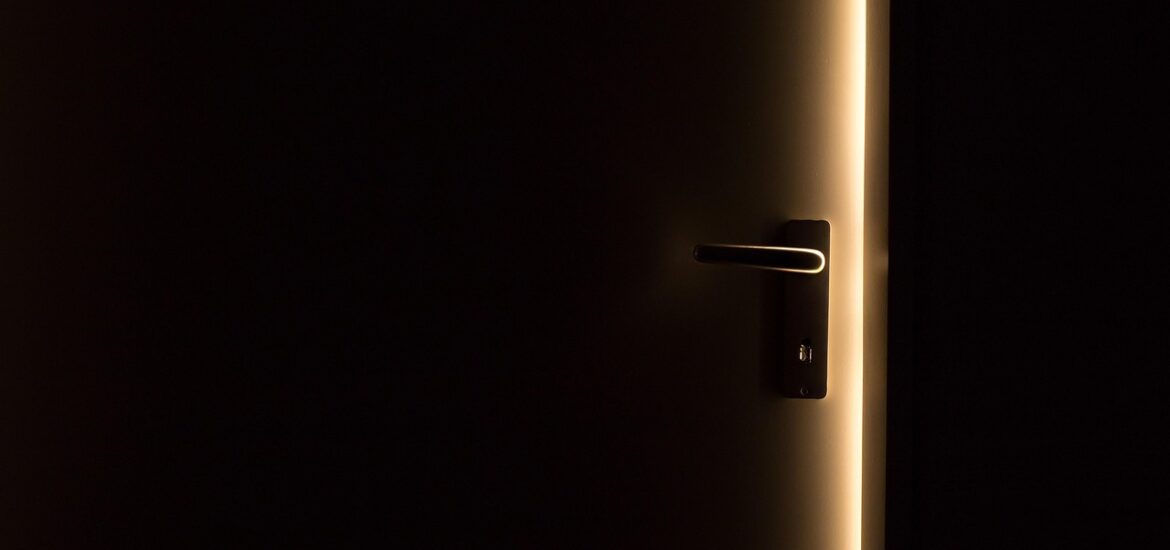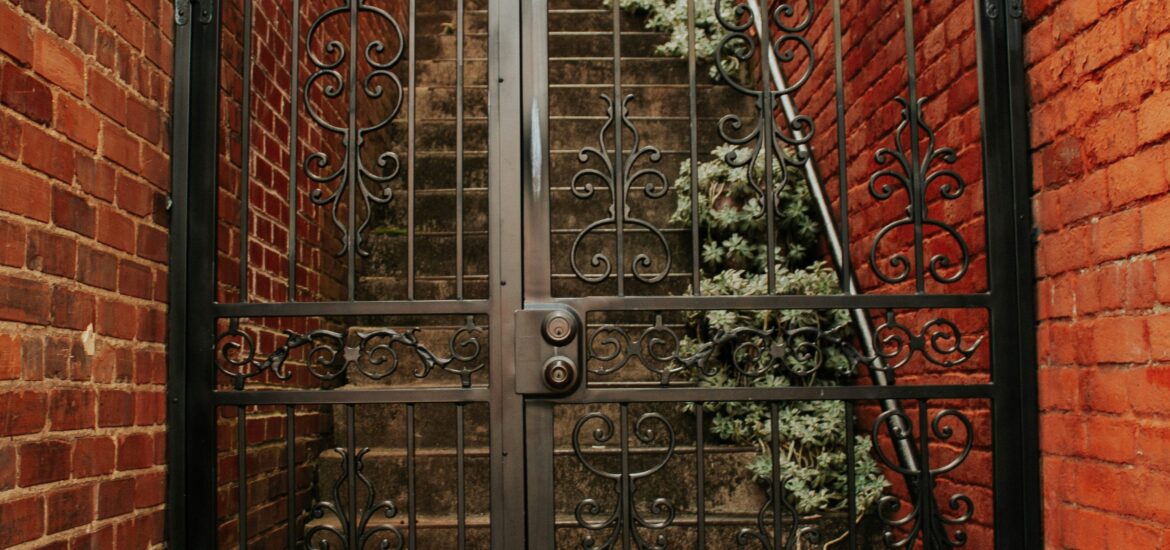Your front door is more than just an entry point, it is the face of your home and your first line of defence. A well-designed entrance sets the tone for your home’s overall appearance while offering the essential function of protecting your family and belongings. In recent years, modern security doors have evolved to combine safety, functionality, and cutting-edge style. This blog explores how you can create a secure and stylish entrance using today’s advanced security door options.
Why the Entrance Matters
The entrance is one of the most important elements of your home. It welcomes guests, deters intruders, and serves as a barrier against external elements. A dated, weak, or unattractive front door can not only lower your home’s curb appeal but also make it vulnerable to break-ins. Modern security doors are designed to address all these concerns.
What Are Modern Security Doors?
Modern security doors are reinforced doors built using robust materials such as steel, aluminium, or composite layers that offer superior resistance to break-ins. Unlike traditional doors that often compromise aesthetics for strength, today’s security doors are sleek, elegant, and customisable to match various architectural styles.
Key Features of Modern Security Doors
Multi-point Locking Systems
These doors come equipped with locking mechanisms that secure the door at multiple points along the frame, making it nearly impossible to force open.
Impact-Resistant Materials
They use high-grade metals or composites that withstand brute force, extreme weather, and even fire in some models.
Tamper-Proof Hinges
Reinforced hinges are often hidden or installed on the interior side, preventing tampering from outside.
Smart Security Integration
Many doors come with compatibility for smart locks, video doorbells, and remote access controls, enhancing safety and convenience.
Design Versatility
Modern security doors are available in a range of finishes, colours, and textures including wood grain effects and glass panels allowing homeowners to maintain or elevate the style of their entrance.
Steps to Creating a Secure and Stylish Entrance
1. Evaluate Your Home’s Security Needs
Begin by assessing your neighbourhood and specific vulnerabilities. Are break-ins common in your area? Is your entrance visible from the street? Do you live in a standalone property or a shared building?
Once you understand your security priorities, you’ll be better equipped to select the right features for your security door, whether it’s fire-resistance, noise insulation, or smart lock compatibility.
2. Choose the Right Material
Security doors come in various materials:
- Steel: Offers the highest level of security and durability.
- Aluminium: Lightweight, corrosion-resistant, and stylish.
- Composite: Combines steel or aluminium with other materials for improved aesthetics and insulation.
- Wood-Look Steel: Mimics the appearance of natural wood but provides the strength of steel.
Choosing the right material depends on your budget, location (coastal areas may require rust-proof materials), and desired look.
3. Consider Glass Inserts (Safely)
You don’t have to sacrifice light for security. Modern security doors can include reinforced glass panels, such as laminated or double-glazed safety glass, which provide both elegance and protection. Frosted, tinted, or patterned glass also adds privacy while enhancing visual appeal.
4. Integrate Smart Technology
To add modern convenience, integrate smart tech such as:
- Smart locks with fingerprint, keypad, or remote access.
- Video doorbells to monitor visitors in real time.
- Security cameras with motion detection linked to your phone.
- Intercom systems for gated entrances or larger properties.
These features improve home security while creating a tech-savvy, stylish entrance.
5. Prioritise the Frame and Installation
A secure door is only as good as its frame. Reinforce the door frame with metal or hardwood and ensure proper fitting to avoid gaps. Professional installation is highly recommended, as incorrect fitting can compromise the integrity of even the most advanced door.
6. Focus on Aesthetics
Just because a door is secure doesn’t mean it should be bland. Look for options that match your home’s architecture. For example:
- Minimalist homes: Matte black aluminium doors with clean lines.
- Traditional homes: Steel doors with wood grain finishes and wrought iron designs.
- Modern properties: Full-height pivot doors with vertical glass inserts.
Adding matching side panels, statement door handles, or backlighting can further elevate the visual appeal.
Benefits of Modern Security Doors
- Enhanced Protection: Deter break-ins, resist impacts, and withstand weather damage.
- Energy Efficiency: Insulated cores help regulate indoor temperatures and reduce energy bills.
- Noise Reduction: Thick, sealed doors help keep outdoor noise to a minimum.
- Low Maintenance: Modern materials require less upkeep and last longer than traditional wooden doors.
- Added Property Value: A secure and stylish entrance improves curb appeal and market value.
Maintenance Tips for Longevity
Clean Regularly: Use a soft cloth and mild detergent to clean surfaces, avoiding abrasive cleaners.
Lubricate Locks and Hinges: Apply silicone spray or graphite powder to prevent sticking or squeaking.
Check for Rust or Corrosion: Especially in coastal areas, regularly inspect and treat any early signs of wear.
Test Smart Features: Ensure that smart locks and doorbell systems are updated and functioning properly.
Repaint or Refinish as Needed: For painted or wood-effect doors, touch up finishes to maintain aesthetic value.
Cost Considerations
Security doors are an investment. Prices can range from £400 to over £2,000 depending on material, technology, and design complexity. While it may seem steep, the peace of mind and long-term durability they offer are well worth the cost.
Look for suppliers who offer warranties and professional installation, which ensures proper fit and function.
Final Thoughts
Creating a secure and stylish entrance isn’t just about picking the toughest-looking door, it’s about finding the perfect balance between security, design, and function. With today’s modern security door innovations, homeowners no longer have to choose between safety and style. From minimalist designs to traditional aesthetics enhanced with smart technology, the options are vast and customisable.
Investing in a high-quality security door is a step toward protecting what matters most your family, your home, and your peace of mind. So whether you’re building a new home or upgrading an existing entrance, let your front door be a statement of both strength and style.

